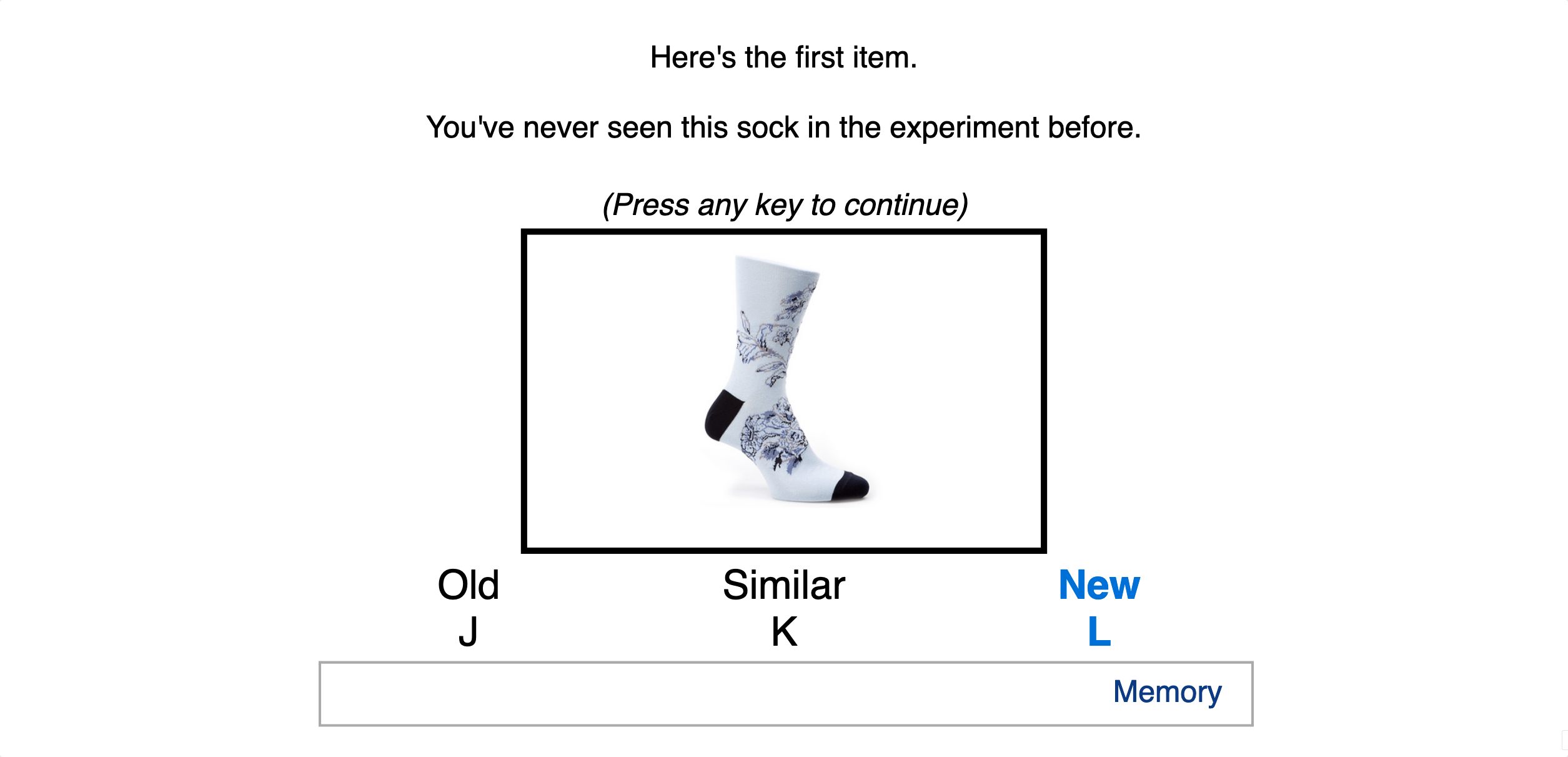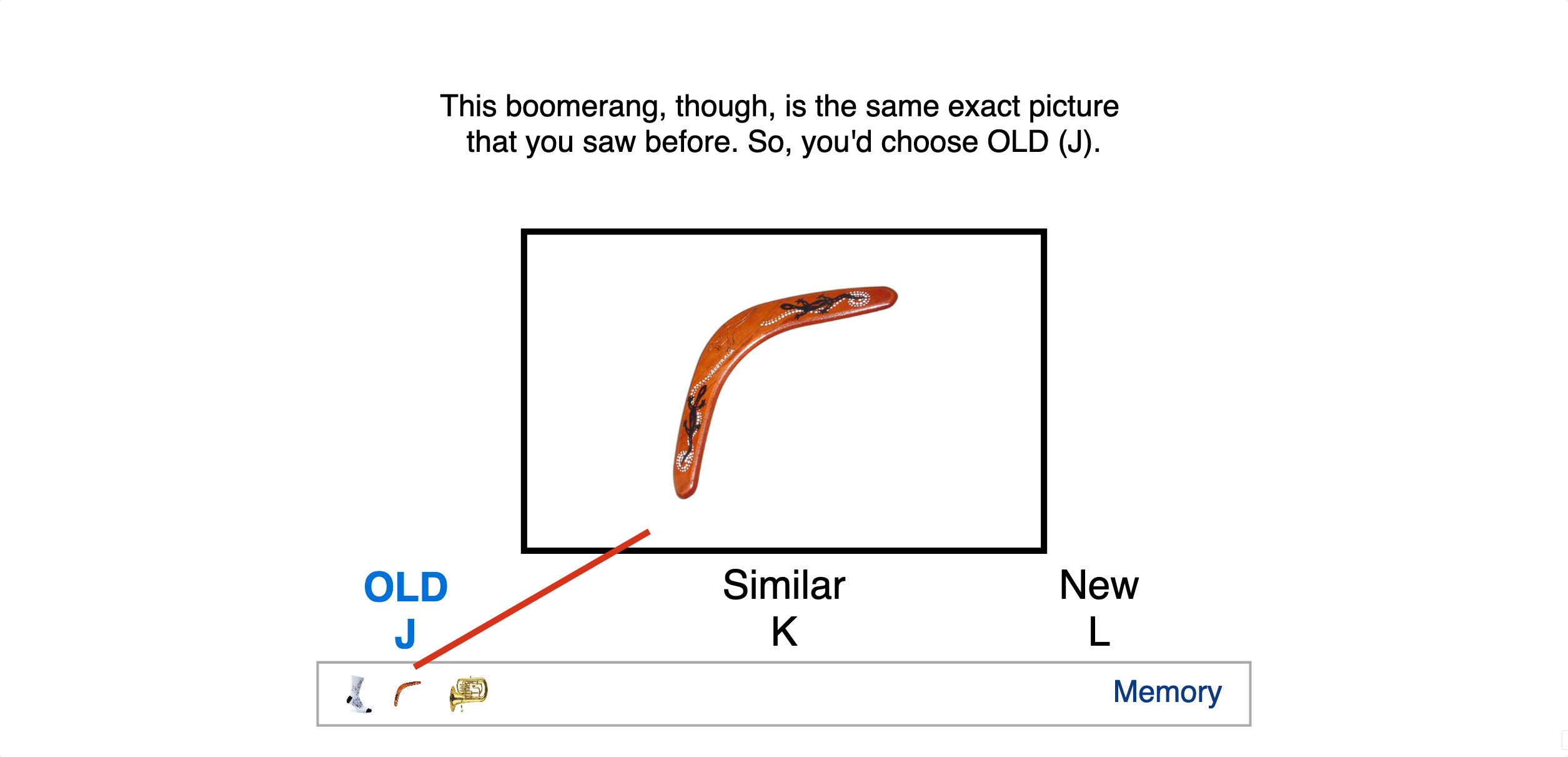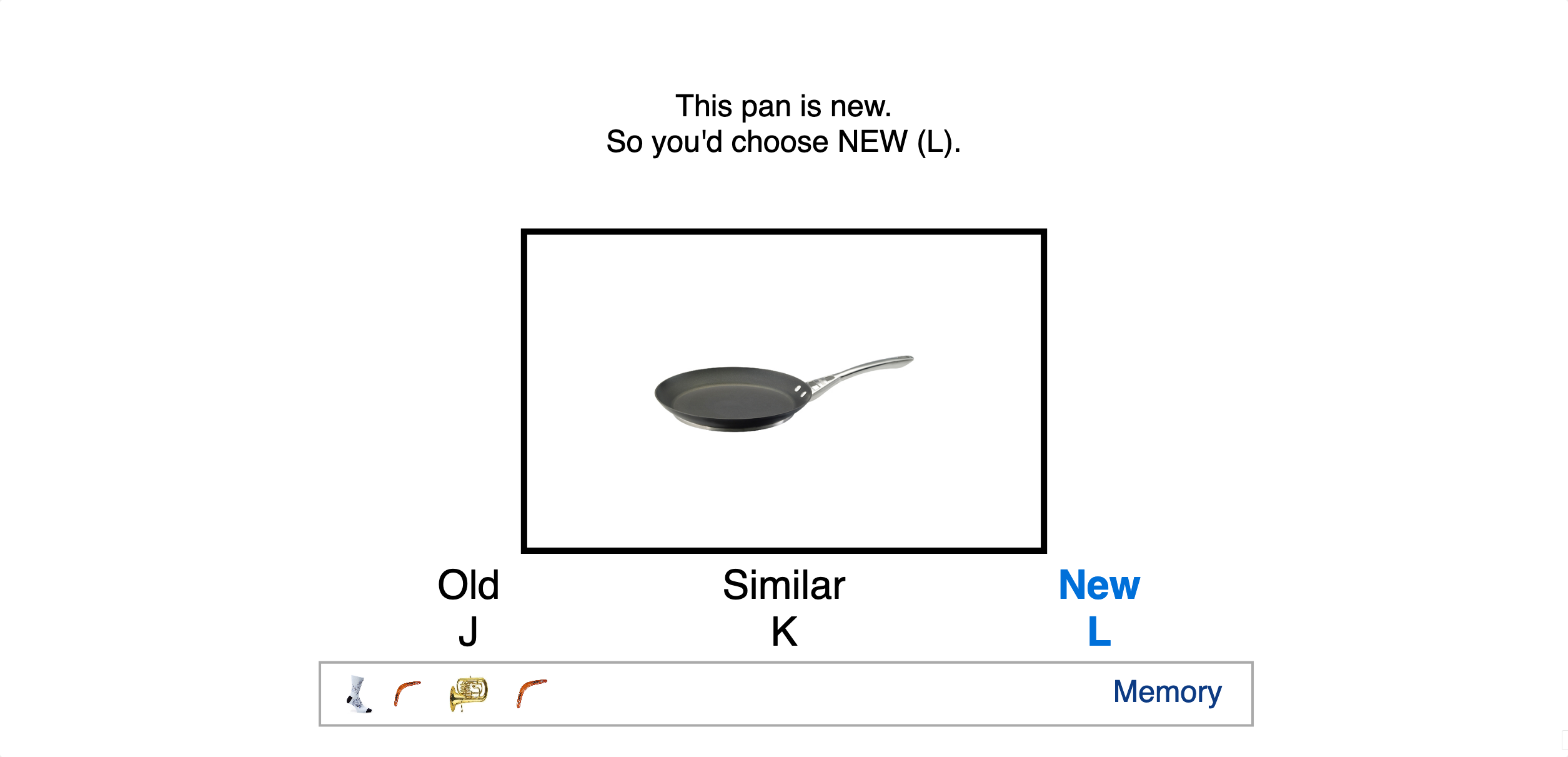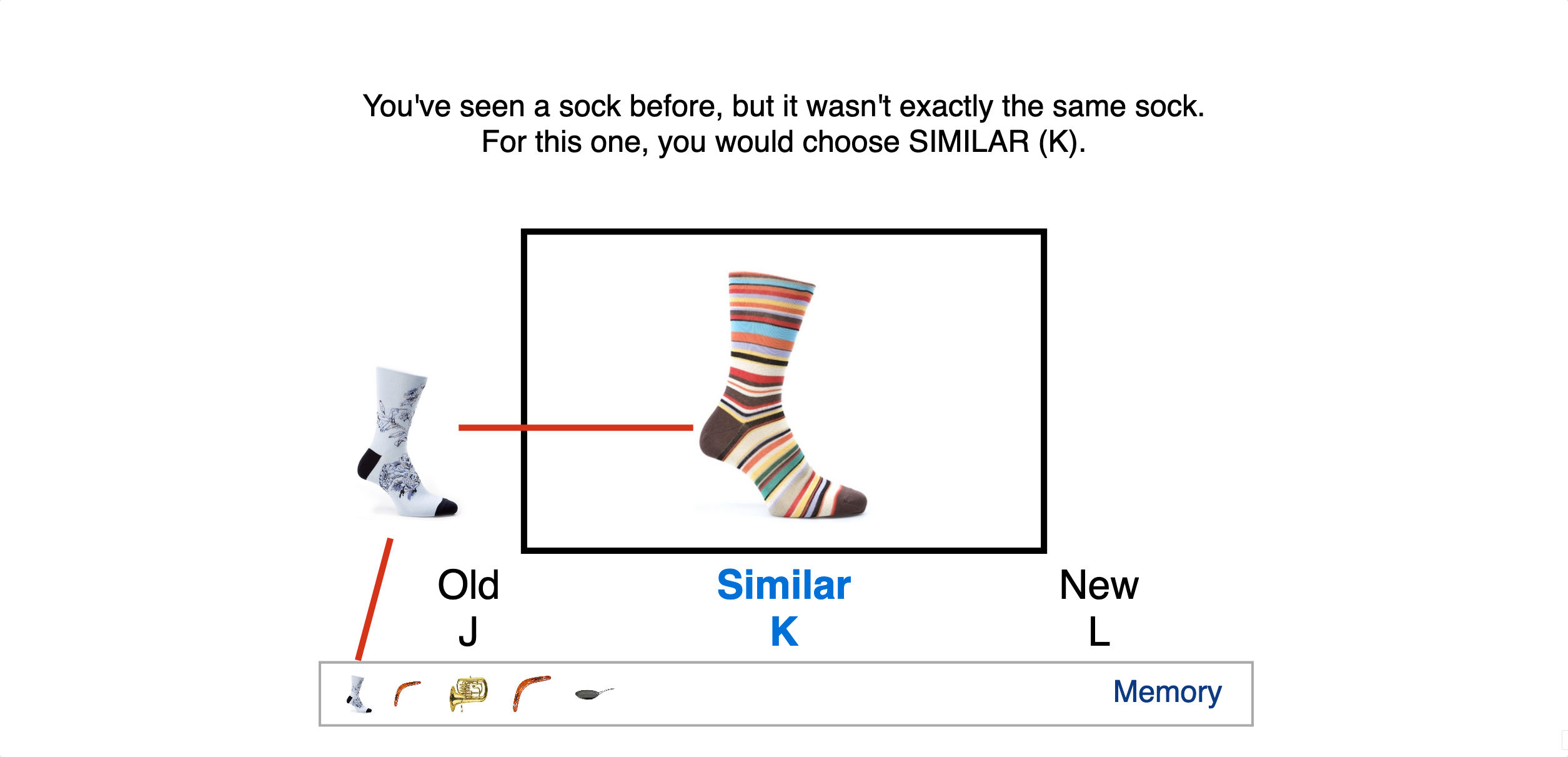Mnemonic Similarity Task (MST)¶
Abstract¶
The medial temporal lobe (MTL) is critical for declarative memory formation. Several theories of MTL function propose functional distinctions between the different structures of the MTL, namely the hippocampus and the surrounding cortical areas. Furthermore, computational models and electrophysiological studies in animals suggest distinctions between the subregions of the hippocampus itself. Standard fMRI resolution is not sufficiently fine to resolve activity on the scale of hippocampal subregions. Several approaches to scanning the MTL at high resolutions have been made, however there are limitations to these approaches, namely difficulty in conducting group-level analyses. We demonstrate here techniques for scanning the MTL at high resolution and analyzing the high-resolution fMRI data at the group level. To address the issue of cross-participant alignment, we employ the ROI-LDDMM alignment technique, which is demonstrated to result in smaller alignment errors when compared with several other common normalization techniques. Finally, we demonstrate that the pattern of activation obtained in the high-resolution functional data is similar to that obtained at lower resolution, although the spatial extent is smaller and the percent signal change is greater. This difference in the pattern of activation may be due to less partial volume sampling in the high-resolution data, resulting in more accentuated regions of activation. Hum Brain Mapp 2006. © 2006 Wiley-Liss, Inc.
Reference¶
The code was taken from https://github.com/uwmadison-chm/mst-labjs/.
Description¶
A series of images are presented in a continuous stream. Participants must identify whether the image is new (a foil), whether they have seen the exact image before (a repeat), or whether they have seen a different exemplar of the same object (a lure). Measures object recognition and lure discrimination.
Measures:
overall accuracy
recognition (REC): proportion hits (
oldjudgements given to target repetitions) \(-\) proportion false alarms (oldjudgements given to foils);lure discrimination index (LDI): likelihood of giving a similar response to a lure object \(-\) likelihood of giving a similar response to a foil image





